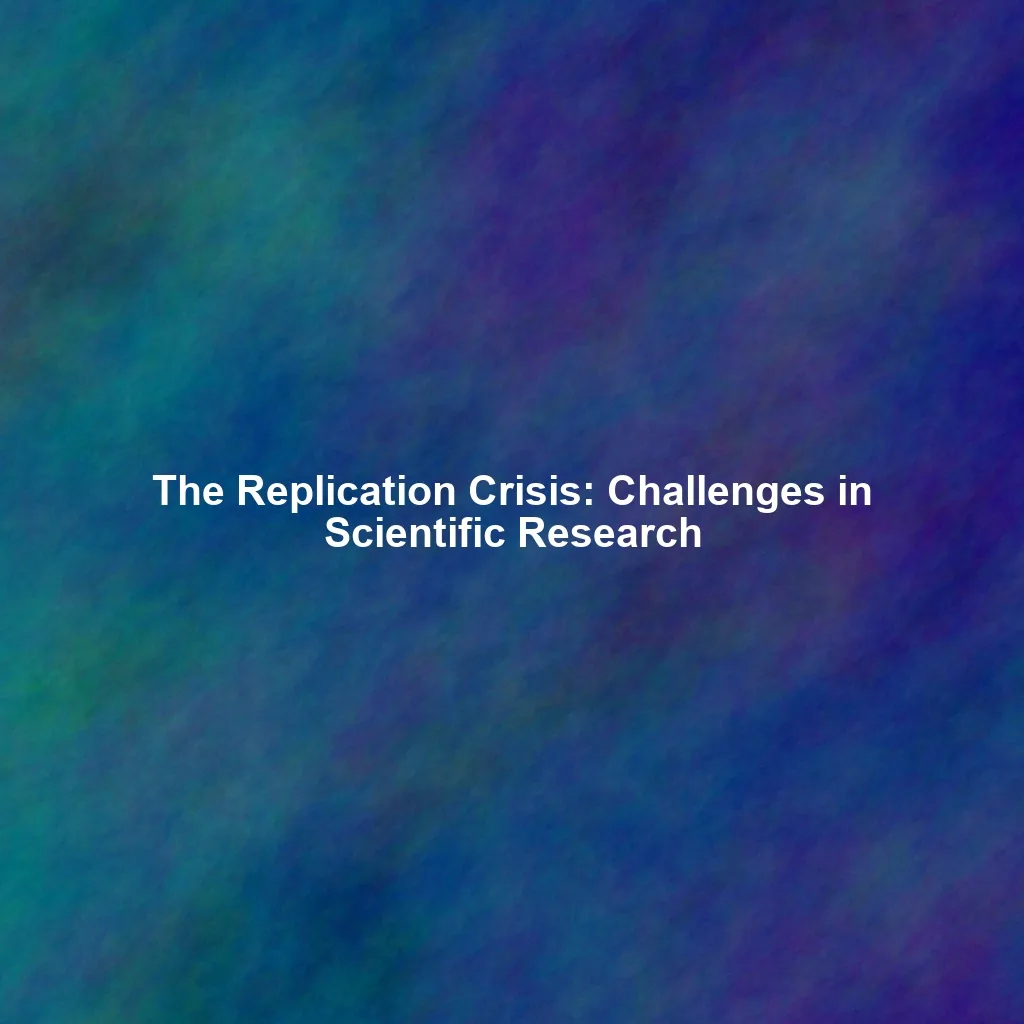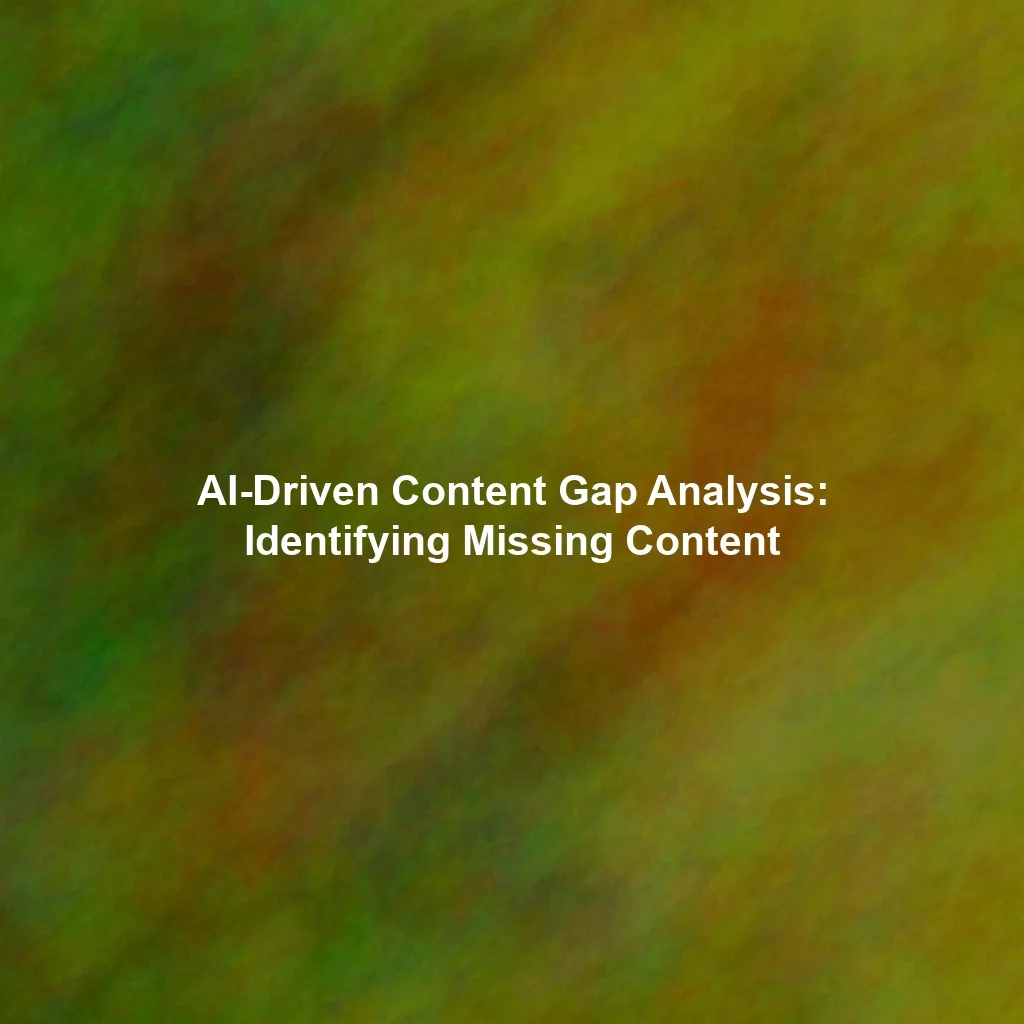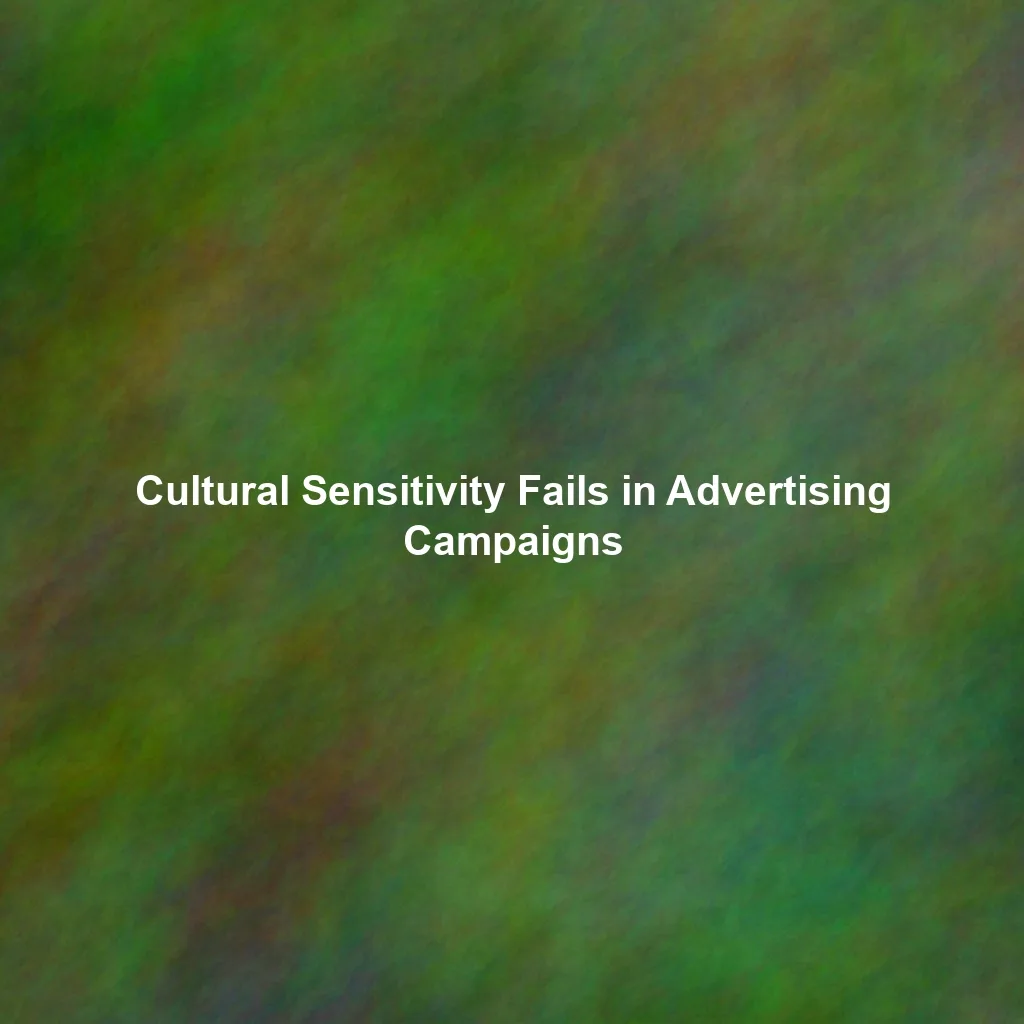Cracks in the Foundation: Understanding the Replication Crisis
Science, at its best, is a self-correcting process. Hypotheses are formulated, experiments are conducted, results are analyzed, and findings are published for scrutiny. Ideally, other scientists can then replicate these experiments to verify the original findings. This process of replication is crucial to building a robust and reliable body of knowledge. However, in recent years, a troubling trend has emerged: the “replication crisis.” This refers to the growing recognition that many published scientific findings, across a range of disciplines, cannot be reliably reproduced by other researchers. This crisis raises fundamental questions about the integrity of the scientific process and the validity of our current understanding of the world.
What Does “Replication” Really Mean?
Before diving deeper, let’s clarify what we mean by “replication.” There are several types of replication, each with varying levels of stringency:
- Direct Replication: This involves attempting to recreate the original study as closely as possible, using the same methods, materials, and experimental protocols. A failure to directly replicate casts serious doubt on the original findings.
- Conceptual Replication: This focuses on testing the same underlying hypothesis as the original study, but using different methods, materials, or populations. A successful conceptual replication strengthens the validity of the original finding, suggesting it’s not just an artifact of the specific methodology used.
- Systematic Replication: This involves conducting multiple replication attempts across different labs and settings, often with variations in methodology. This provides a more comprehensive assessment of the robustness and generalizability of the original finding.
The replication crisis primarily concerns the difficulty in achieving direct replication of published studies. While conceptual replications are valuable, the inability to reproduce the original experimental results is a major cause for concern.
The Roots of the Problem: Why Are So Many Studies Failing to Replicate?
The replication crisis is not a simple issue with a single cause. It’s a complex problem stemming from a combination of factors, including:
Low Statistical Power
Statistical power refers to the probability that a study will detect a real effect if one exists. Studies with low statistical power are more likely to produce false negatives (failing to detect a real effect) and, perhaps more importantly, false positives (incorrectly concluding that an effect exists). Low power is often a consequence of small sample sizes, which are common in many areas of research. When a study with low power *does* find a statistically significant result, it’s more likely to be an overestimate of the true effect size, and less likely to replicate.
Publication Bias
Publication bias, also known as the “file drawer problem,” refers to the tendency for journals to publish positive results (studies that find a statistically significant effect) more readily than negative or null results (studies that find no effect). This creates a distorted picture of the evidence, as only the “successful” studies make it into the published literature, while the “unsuccessful” ones are relegated to researchers’ file drawers. This bias gives a false impression of the strength and consistency of evidence supporting a particular hypothesis.
P-Hacking and Data Dredging
P-hacking, also known as data dredging or “fishing,” refers to the practice of manipulating data or analyses until a statistically significant result is obtained. This can involve trying different statistical tests, excluding outliers selectively, or adding or removing variables until a p-value below the conventional threshold of 0.05 is achieved. These practices exploit the randomness inherent in statistical testing, increasing the likelihood of finding spurious correlations that are not real. P-hacking is a form of research misconduct that undermines the integrity of the scientific process.
Questionable Research Practices (QRPs)
QRPs encompass a range of behaviors that, while not necessarily outright fraud, can compromise the validity of research findings. These include:
- HARKing (Hypothesizing After the Results are Known): Presenting a hypothesis that was actually developed after examining the data as if it were formulated beforehand.
- Selective Reporting: Only reporting the results that support the desired conclusion, while omitting other findings that contradict it.
- Insufficient Documentation: Failing to provide enough detail about the methods and analyses used, making it difficult for other researchers to replicate the study.
Incentives and Academic Culture
The academic incentive system often rewards researchers for publishing novel and statistically significant findings, rather than for conducting rigorous and replicable research. This creates a perverse incentive to engage in QRPs and to prioritize publication speed over methodological rigor. The pressure to publish can also discourage researchers from reporting negative or null results, further exacerbating publication bias.
Lack of Transparency
A lack of transparency in research practices makes it difficult for other researchers to scrutinize the methods and analyses used in a study. This can hinder replication efforts and make it harder to detect errors or QRPs. Open science practices, such as pre-registration of studies, data sharing, and code sharing, are crucial for promoting transparency and accountability in research.
The Consequences of Non-Replicable Research
The replication crisis has far-reaching consequences, both within the scientific community and beyond:
- Erosion of Public Trust: When scientific findings are found to be unreliable, it can erode public trust in science and scientists. This can have serious implications for public health, policy-making, and other areas where scientific evidence is used to inform decisions.
- Waste of Resources: Conducting research that is ultimately based on flawed or non-replicable findings is a waste of time, money, and effort.
- Slowing Scientific Progress: Non-replicable findings can mislead future research efforts, sending scientists down blind alleys and hindering progress in the field.
- Impact on Clinical Practice: In fields such as medicine and psychology, non-replicable research can lead to ineffective or even harmful treatments being adopted in clinical practice.
Moving Towards Solutions: Promoting Research Integrity and Reproducibility
Addressing the replication crisis requires a multifaceted approach that tackles the underlying causes of the problem. Some potential solutions include:
Increasing Statistical Power
Researchers should strive to conduct studies with sufficient statistical power to detect real effects. This often means increasing sample sizes and using more sensitive experimental designs. Power analyses should be conducted before data collection to determine the appropriate sample size.
Promoting Open Science Practices
Open science practices can significantly enhance the transparency and reproducibility of research. These practices include:
- Pre-registration: Registering the study design, hypotheses, and analysis plan before data collection.
- Data Sharing: Making the raw data available to other researchers.
- Code Sharing: Sharing the code used to analyze the data.
- Open Access Publishing: Publishing research articles in journals that are freely available to the public.
Reforming the Academic Incentive System
The academic incentive system needs to be reformed to reward researchers for conducting rigorous and replicable research, rather than solely focusing on novelty and statistical significance. This could involve:
- Recognizing and rewarding replication studies.
- Promoting a culture of transparency and accountability.
- Evaluating researchers based on the quality and impact of their work, rather than solely on the quantity of publications.
Improving Statistical Training
Many researchers lack adequate statistical training, which can contribute to the use of QRPs. Improving statistical education can help researchers to better understand the limitations of statistical testing and to avoid common pitfalls.
Encouraging Meta-Analysis
Meta-analysis involves statistically combining the results of multiple studies to obtain a more precise estimate of the effect size. Meta-analyses can help to identify inconsistent findings and to assess the overall strength of the evidence supporting a particular hypothesis.
Promoting Registered Reports
Registered Reports are a publication format in which journals review and accept manuscripts based on the study design and rationale before data collection. This eliminates publication bias and encourages researchers to conduct rigorous and well-powered studies.
The Future of Science: Embracing Transparency and Rigor
The replication crisis is a wake-up call for the scientific community. It highlights the importance of research integrity, transparency, and reproducibility. By embracing open science practices, reforming the academic incentive system, and improving statistical training, we can build a more robust and reliable scientific enterprise. While the challenges are significant, the potential benefits of addressing the replication crisis are immense. By ensuring that scientific findings are accurate and trustworthy, we can foster greater public trust in science and accelerate progress in all areas of knowledge.
 Skip to content
Skip to content

